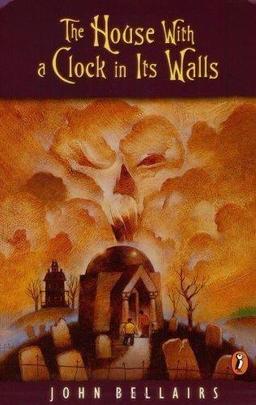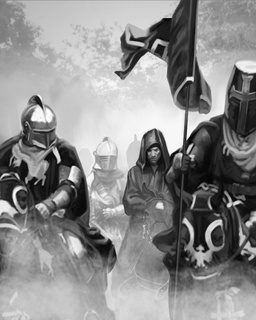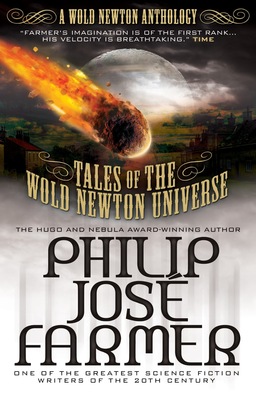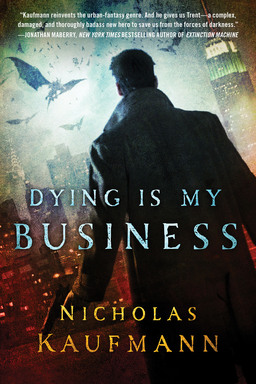New Treasures: The Harsh Suns by Jason E. Thummel
 There I was, minding my own business, peacefully editing Connor Gormley’s Robert E. Howard tribute “Who Took the Flowers Out of my Prose?” and listening to him grouse about modern prose, when suddenly Conner took an abrupt right turn and started praising Black Gate author Jason E. Thummel.
There I was, minding my own business, peacefully editing Connor Gormley’s Robert E. Howard tribute “Who Took the Flowers Out of my Prose?” and listening to him grouse about modern prose, when suddenly Conner took an abrupt right turn and started praising Black Gate author Jason E. Thummel.
Unfortunately, modern fantasy seems, for the most part, to neglect prose. And that’s a shame, because it means all those distinct literary personalities — the whimsy of Leiber, the melancholy of Moorcock, and the fury of Howard — are a thing of the past. Everyone seems to have adopted the same bland, middle ground style that isn’t really anything above functional…
Don’t get me wrong — there are a few standouts. I love Jason E. Thummel’s prose…
Well, that was a pleasant surprise. We’ve published three tales from Jason E. Thummel in the past 12 months — including the debut story in the Black Gate online fiction line, ”The Duelist,” which Adventures Fantastic said “Set a high standard,” and two stories of Gunnerman Clap, “The Gunnerman” and “Assault and Battery.”
Apparently it takes more than that to stay on top of Jason, however. Looking for an image to accompany Conner’s comments, I stumbled on the cover of Jason’s new book: The Harsh Suns, a handsome collection of three sword & sorcery tales published earlier this year.
I immediately ordered a copy and it arrived just in time to accompany me on my plane ride to San Francisco last Wednesday.



 A little while ago,
A little while ago, 



